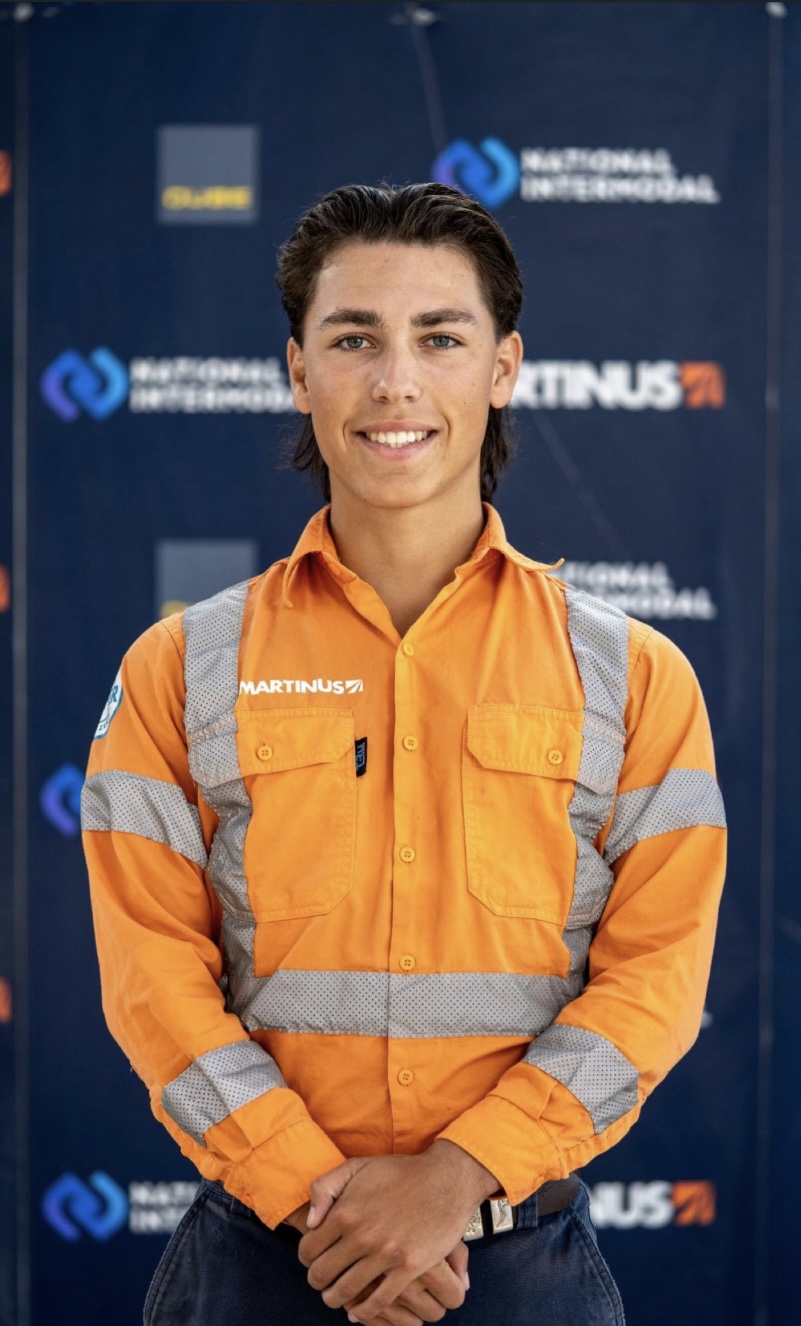What it does
The SPYDER keeps people out of the danger zone, reducing labour, time and energy spent on measuring track geometry i.e. gauge, superelevation, twist as well as visual defects like fasteners missing. It is deployable and remotely operated by a single person.
Your inspiration
When I turned 19 I had the opportunity to work as a rail labourer on the Carmichael Rail Network Project in QLD Australia. This entailed weeks of walking up and down recently constructed railway in 40degree + heat in teams, identifying defects and then correcting them. It was hard work all day, seemed endless and there were a lot of resources required to do a pretty simple task. I noticed that the labour in my team would often miss defects or even blatantly ignore them due to laziness! I thought to myself, how good it would be to have a robot traverse the rail, identify the defects and mark them out so that nothing could be missed.
How it works
Motorised, remotely operated trolley, lightweight chassis with wheels & two braking systems to measure & record: Gauge (width between rails): A transducer is used to measure gauge, which is recorded. Superelevation (banking around a curve): By combining gauge measurement with degree of roll (using gyroscope built into iPhone) use trig equation to calculate the super @ any given location. Short & Long Twist (change in super): Having superelevation measurements and an encoder/odometer, can work out twist by calculating the variation in super every 2m & 14m. Vertical Alignment (humps & dips): Using the gyroscope, can look @ the change in pitch over change in distance & calculate if out of tolerance. Horizontal Alignment (kinks and curves): Identical to vertical alignment, but use change in yaw over change in distance. Visual Defects: Live streaming cameras allow operator to detect defects, mark with spray paint system - will integrate AI.
Design process
The original design was on the floor of my bedroom, with Lego Technic! It evolved from there with sketches on paper to more refined sketches on Fusion360. Originally, the design had four out-reaching legs (hence the name SPYDER). I got to the point where I didn't have the relevant engineering skillset and started looking for alternative ways to get it built. I was able to raise funding from the company I work at to sponsor a program run at UTS (University of Technology Sydney) that would bring together a team of the most proficient final year engineering students from various disciplines to design and build a prototype. I managed the team and we decided to do a complete redesign. Opting for simplicity for our first MVP - I spent more time at UTS than my own university last semester! Through trial and error, systematic calculations for loading, motor and battery requirements etc, the team was able to come up with the current design, it was the perfect recipe, a lean team, lean budget & lean timeline, there was no room for anything other than excellence. Our current prototype is currently awaiting final approval to be tested on a real railway, there are various risk assessments etc that need to be completed as it is technically considered rollingstock.
How it is different
The combination of the following; No remotely operated defect marking system exists in this size of a system, Significantly cheaper than anything else similar on the market, Significantly more compact and light weight than anything else on the market, Deployable by a single person, Removes operator from the rail corridor
Future plans
Development Plans: Aim to continue including more features such as headwear and sleeper spacing measuring, integrate AI, solar charging to support battery life. Business Plan: Continue development, backed by Martinus and achieve a commercially viable product that can be implemented globally. Future in General: Revolutionise the market by bringing cheap yet highly capable and accurate railway geometry measuring trolleys that remove the need for someone to push them, keeping people out of the corridor, reducing costs and improving quality across rail networks globally.
Awards
- The concept was awarded funding to create a functioning prototype by Martinus. - Was nominated at the University of Technology Sydney's Robotics Showcase.



Connect